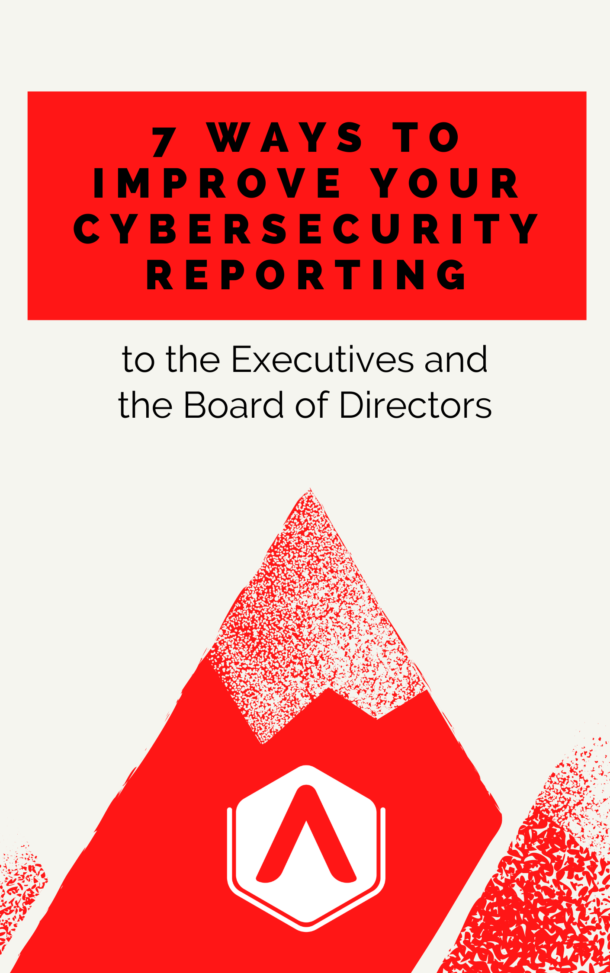As the cybersecurity landscape continues to evolve, organizations find themselves on the brink of a significant regulatory shift. The impending SEC data breach regulations, poised for implementation, carries profound implications for how businesses manage and disclose cybersecurity incidents. Here, we delve deeper into several pivotal considerations that organizations must address in anticipation of these transformative changes.
These steps added to your cybersecurity breach strategy will not only ensure compliance with the impending SEC cybersecurity disclosure requirements but also enhance your organization’s resilience in an increasingly data-driven business landscape. By minimizing the risk of cybersecurity breaches and bolstering your incident response procedures, your company can thrive amidst the evolving cybersecurity landscape, turning regulatory challenges into opportunities for growth and security.
But before that…
What are the Implications for Cybersecurity in the Wake of New SEC Regulations?
- Timely Reporting Demands: At the forefront of these changes is the mandate for expeditious reporting. The SEC’s stringent requirement, stipulating that any cybersecurity event must be reported within four business days once deemed material, underscores the urgency of having a finely-tuned incident response mechanism. Organizations must revamp their processes to meet this demanding timeframe, ensuring swift and effective response capabilities.
- Board Involvement: Mandatory disclosures on board oversight introduce a significant shift. Board members are now entrusted with a more active role in cybersecurity governance. Equipping directors with the requisite cybersecurity expertise is paramount to enable effective risk management in our increasingly digital age.
- Management’s Cyber Role: Scrutiny over disclosing management’s endeavors in tackling cybersecurity risk is heightened. The need for robust governance and strategic acumen in addressing cyber threats becomes non-negotiable. Clear and comprehensive cybersecurity policies and strategies must be firmly in place.
- Materiality Assessment: A central focus revolves around discerning the essence of a “material” cyber incident. This intricate process entails meticulous evaluation of its repercussions on the company’s reputation, financial stability, and relationships with stakeholders. Precision in this assessment is imperative.
- Market Reputation: Beyond the realm of regulatory compliance lies the broader implication of market perception. Investors and stakeholders will closely monitor how companies navigate these regulations. Transparency in cybersecurity practices can significantly enhance market trust and bolster confidence.
These implications underscore the heightened importance of cybersecurity in the corporate landscape. As organizations adapt to these new regulations, they must prioritize rapid response, board engagement, strategic management, precise materiality assessments, and the preservation of market reputation. This proactive approach can help organizations not only comply with SEC cybersecurity rules but also fortify their cybersecurity defenses in an increasingly digital world.
Preparing for the New SEC Breach Reporting Rule
To prepare for the new SEC breach reporting rule, organizations must focus on the following:
- Swift Reporting:
The heart of the matter lies in the swiftness of reporting. Under the new SEC rule, organizations face a tight deadline—four business days—within which they must report any cybersecurity incident deemed material. This condensed timeframe emphasizes the critical need for a well-orchestrated incident response mechanism. The ability to swiftly assess the nature and scope of an incident and promptly notify the relevant authorities is paramount. Establishing clear communication channels and response protocols is essential to meet this stringent requirement.
- Board Oversight:
The SEC rule extends its reach to the boardroom, emphasizing the pivotal role of corporate governance in cybersecurity. Boards of directors now bear the responsibility of overseeing cybersecurity risk, a duty that demands active engagement and expertise. Transparency regarding the cybersecurity acumen of individual board members becomes imperative. Boards must not only comprehend the intricacies of cybersecurity but also foster a culture of proactive risk management. This elevation of board involvement signifies a significant paradigm shift and underscores the growing recognition of cybersecurity’s centrality in corporate governance.
- Management’s Role:
While board oversight garners attention, the role of management in addressing cybersecurity risk is equally critical. Organizations must be prepared to disclose their strategies, actions, and policies for managing and mitigating cybersecurity risks effectively. A comprehensive and well-documented cybersecurity governance framework becomes indispensable. Management’s ability to navigate the complex terrain of cybersecurity, from risk assessment to incident response, will be closely scrutinized. This disclosure requirement catalyzes robust cybersecurity practices at the operational level.
- Materiality Assessment:
Determining the materiality of a cybersecurity incident emerges as a pivotal challenge under the new rule. The SEC’s definition of materiality extends beyond quantitative factors to encompass qualitative aspects, including reputation, financial implications, and stakeholder relationships. Organizations must meticulously evaluate each incident to gauge its material impact accurately. The process demands a thorough understanding of the organization’s risk tolerance and an ability to gauge the broader implications of an incident. Documenting these assessments in a transparent and defensible manner becomes essential, as they serve as the foundation for reporting decisions.
- Enhance Executive Cybersecurity Capabilities:
Recognize that the new SEC requirements will generate increased demand for executives possessing cybersecurity expertise. During candidate searches and hiring processes, prioritize individuals with pertinent experience and capabilities. Align your executive assessments with the SEC’s stipulated criteria, as these executives will play pivotal roles in disclosures, annual reports, and proxy statements.
- Minimize the Risk of Disclosure:
The ultimate goal should be the prevention of breaches and a reduction in the necessity for disclosure. Collaborate with seasoned cybersecurity and compliance partners, such as Asher Security, to fortify your cybersecurity policies and procedures. This proactive approach serves to mitigate risks associated with ransomware, phishing, and other threats. Furthermore, provide training to your legal, information security, and operational teams to enhance capabilities in breach prevention, response, mitigation, and reporting.
Conclusion
In conclusion, the impending SEC breach reporting rule ushers in a new era of cybersecurity governance. Organizations must be prepared to navigate the intricate landscape of incident reporting, board engagement, management’s role, and materiality assessment. Embracing these considerations proactively not only ensures compliance with regulatory requirements but also reinforces an organization’s resilience in the face of evolving cyber threats. The path ahead demands a holistic approach that integrates legal, operational, and strategic facets of cybersecurity governance, ultimately strengthening an organization’s cybersecurity posture.
If you’d like a review of your cybersecurity program and recommendations on how you can better prepare for this new rule, please contact us by using our ‘Schedule a Call’ button.


Recent Comments